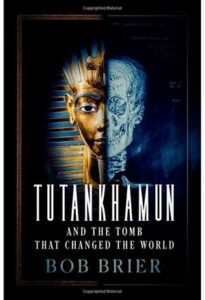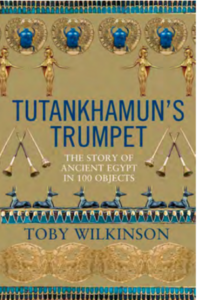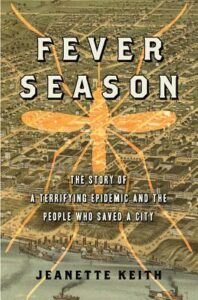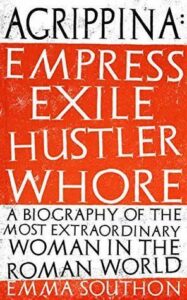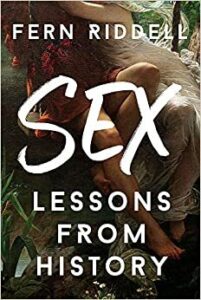 Sex: Lessons from History, Fern Riddell
Sex: Lessons from History, Fern Riddell
A comprehensive history of sex would be a tall order: sexual behaviour doesn’t fossilise, after all, and it’s so often been a taboo subject that even in written history, it can be hard to find evidence. Riddell doesn’t try too hard to find evidence far back in the past, but works with what records we have, reminding us all of the lies we keep telling ourselves about the Victorians being total prudes about sex, about the historical treatment of queer people, etc. She dips into court records and ad copy, so it’s not just contemporary accounts that specifically aimed to discuss sex and attitudes toward it, but also additional evidence.
Riddell’s prose is really readable and full of anecdotes and illustrations from the records, which means it’s not dry at all. It does focus on sex and people who have sex, but touches on gender identity as well, with caution about applying modern labels and concepts to people who never wrote about what they felt or intended; asexuality is referenced, but not really discussed.
There’s quite a range of topics here (homosexuality, masturbation, orgasms, contraception), so it doesn’t go into too much depth on any one thing; rather, it’s a bit of an overview.
Referencing is fairly clear, using footnotes rather than end-notes (so more specific than many popular non-fic books), and there’s an index. There are a few editing issues that I really think should’ve been caught — typos and such.



